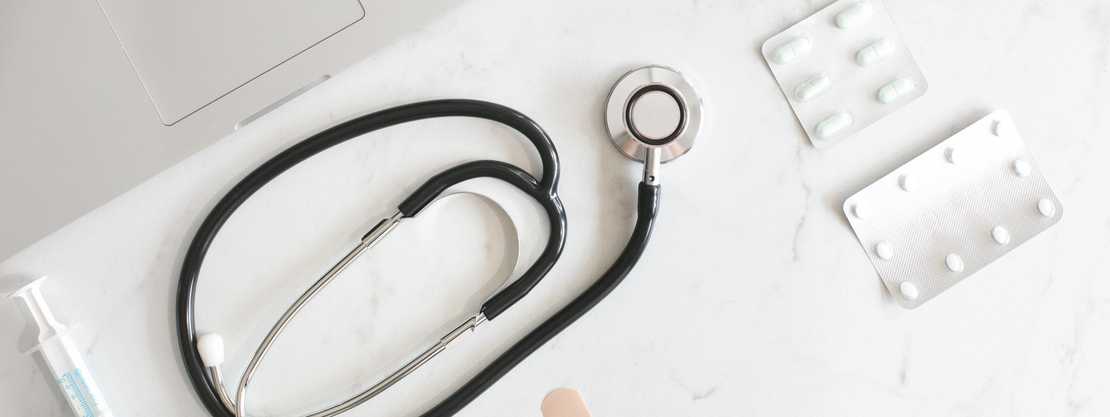Meaningful Use: A Comprehensive Guide – Part II: Final Rule on Stage 2’s Objectives and Measures
- Blake Rodocker
- April 25, 2016

Outdated as of May 2021.
This article is outdated. Please find our updated resource that explains the current MACRA / MIPS / Meaningful Use regulations.
Successfully attesting for CMS’s EHR Incentive Program Meaningful Use is essential for eligible providers and hospitals to avoid the financial penalties and instead collect the financial gains. However, it can be difficult to sort through the copious amounts of information in order to find some direction.
Part one of our Meaningful Use Guide article series discussed important deadlines and changes to Stage 2 as directed by the final rule. In the second part of our series, we showcase a user-friendly, yet thorough summary of finalized Stage 2 objectives and measures for both eligible professionals and hospitals.
Updated Stage 2 Objectives and Measures:
Below is a summary of the objectives for Eligible Professionals and Eligible Hospitals and Critical Access Hospitals (CAH).
| Updated Stage 2 Objective | Eligible Professionals | Eligible Hospitals and Critical Access Hospitals | |||
|---|---|---|---|---|---|
| Conduct or review a security risk analysis aligned with the requirements in 45 CFR 164.308(a)(1), implement security updates as necessary, and correct identified security deficiencies as part of your risk management process. |
| |||
| Clinical Decision Support
Use clinical decision support to improve | Measure 1: Implement 5 CDS interventions related to 4 or more clinical quality measures at a relevant point in patient care for the entire EHR reporting period. If 4 clinical quality measures do not relate to your scope of practice or patient population, the CDS interventions must be related to high-priority health conditions. Measure 2: Enable and implement the functionality for drug-drug and drug-allergy interaction checks for the entire EHR reporting period. |
| |||
| CPOE (Computerized Physician Order Entry)
Use a CPOE to enter medication, lab, and radiology orders into the medical record per state, local, and professional guidelines. |
|
| |||
| Electronic Prescribing (eRx)
Generate and transmit permissible prescriptions electronically (eRx). |
|
| |||
| Health Information Exchange
Provide a summary of care record for each transition or care or referral. | Measure: Use CEHRT to create a summary of care record and electronically transmit such summary to a receiving provider for more than 10% of transitions of care and referrals. |
| |||
|
|
| |||
| Measure: Perform medication reconciliation for more than 50% of transitions of care in which the patient is transitioned into the provider’s care. | Measure: Perform medication reconciliation for more than 50% of transitions of care in which the patient is transitioned into the inpatient or emergency department (POS 21 or 23). | |||
| Measure 1: Provide more than 50% of all unique patients seen during the reporting period timely access to view online, download, and transmit their health information to a third party. Measure 2: At least 1 patient seen by the provider during the reporting period views, downloads or transmits his or her health info to a third party during the reporting period. |
| |||
|
| ||||
| Measure 1: Immunization Registry Reporting – The provider is in active engagement with a public health agency to submit immunization data. Measure 2: Syndromic Surveillance Reporting – The provider is in active engagement with a public health agency to submit syndromic surveillance data. Measure 3: Specialized Registry Reporting – The provider is in active engagement to submit data to a specialized registry. | Measure 1: Immunization Registry Reporting – The hospital or CAH is in active engagement with a public health agency to submit immunization data. Measure 2: Syndromic Surveillance Reporting –The hospital or CAH is in active engagement with a public health agency to submit syndromic surveillance data. Measure 3: Specialized Registry Reporting – The hospital or CAH is in active engagement to submit data to a specialized registry. Measure 4: Electronic Reportable Laboratory Result Reporting – The hospital or CAH is in active engagement with a public health agency to submit electronic reportable laboratory (ELR) results. |
Note: It is possible that your practice may be exempt from reporting specific criteria during attestation as previous core and measures were streamlined into fewer objectives. Visit the CMS website to see if you qualify for any of these exclusions.
Thoroughly understanding Meaningful Use is essential for every provider and hospital. In the next part of our Meaningful Use Guide article series, Frequently Asked Questions are highlighted.
View the complete Meaningful Use series here:
- Introduction: Meaningful Use
- Part I: Stage 1 and 2 Overview, Stage 2 Final Rule Major Changes, and Important Dates
- Part II: Final Rule on Stage 2’s Objectives and Measures
- Part III: Frequently Asked Questions
- Part IV: MACRA and Meaningful Use
Bridge Patient Portal is an enterprise platform that provides a superior user experience for healthcare organizations and patients. Bridge’s patient portal truly entices users to access health data, which improves patient-physician collaboration, care outcomes and caregiver profitability. To learn more about how our robust, HIPAA-compliant system can help you meet Meaningful Use requirements visit our website or call (866) 838-9455.